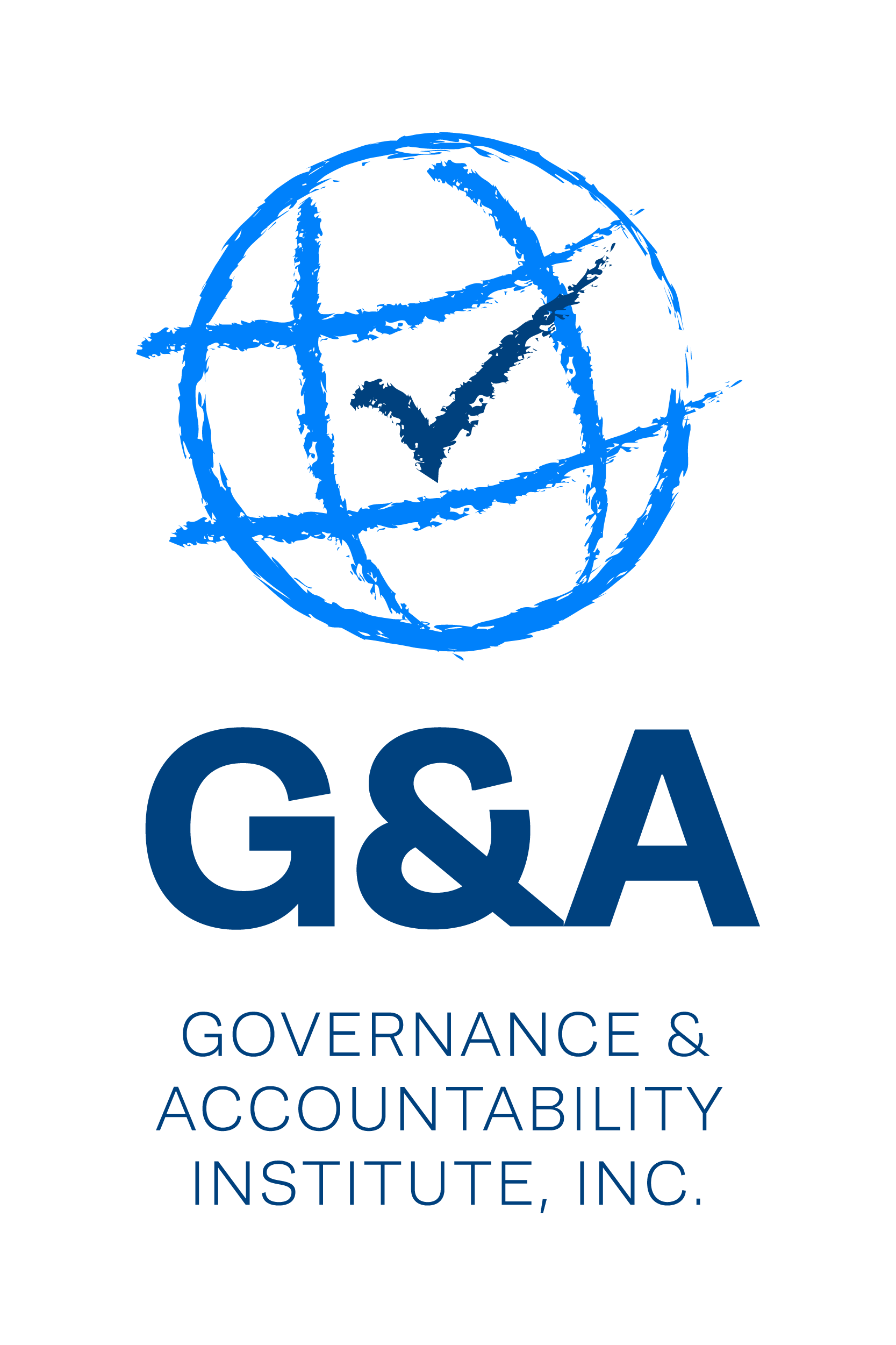Sustainability Pays, Says Wal-Mart & Some of Its Suppliers in PBS Newshour Interviews
G&A's SustainabilityHighlights (28.9.2017)

Sustainability Pays, Says Wal-Mart & Some of Its Suppliers in PBS NewsHour Inte…
As part of the PBS series, "Peril and Promise: The Challenge of Climate Change," the network's NewsHour reported on how a few large U.S. companies are doing their part to meet climate change challenges...and prospering...even as the Trump White House continues to move toward withdrawal from the historic Paris Agreement (COP 21).
The efforts of the giant retailer Wal-Mart Stores are highlighted in the broadcast. Wal-Mart stresses that it is striving to be recognized as a corporate leader in the "fight against climate change." Kathleen McLaughlin, the company's chief sustainability officer, is interviewed in the program by PBS correspondent Stephanie Sy.
Says the Wal-Mart CSO: "...sustainability is core to our mission. It's critical for business. It's important for customers and communities..."
The company's sustainability journey was launched in 2005 by then-CEO Lee Scott. He pledged to curb the company's GhG emissions by the use of clean power sources, aiming for 100% renewables over time. As part of the effort, Wal-Mart saves energy -- and money! -- in store operations by demanding more efficient equipment from vendors (for HVAC, lighting, refrigeration). There are solar installations on 364 Wal-Mart and Sam's Club stores now -- this makes the company the second largest commercial solar power generator.
Wal-Mart plans to reduce its carbon emissions by 2025 by 18% from its 2015 levels, even as it ambitiously expands its retail footprint. With 99% of the company's GHG impact coming from its supply chain, Wal-Mart points out that at its encouragement, dozens of its major suppliers have signed on to Project Gigaton (the effort to cut emissions).
One of the company's key suppliers -- candy maker Mars, makers of M&Ms -- itself set an aggressive target of "zero carbon" in its operations by 2040, working to achieve zero GHG emissions by that date. The company's "vast solar farm" in rural New Jersey is featured in the PBS broadcast. Barry Parkin, chief sustainability officer of Mars, Inc. is interviewed about the company's efforts.
Key to the sustainability efforts: Wal-Mart's model, the way stores are managed, the work done with the massive supply chain partners...all of this "optimizes and lowers the footprint to deliver the same amount of product to people," explains company CSO Kathleen McLaughlin. And, she adds, "if you look at the scale and ambition of the efforts and what we've actually achieved, I'm actually quite excited about it."
The company has partnered with the Environmental Defense Fund ("EDF") for guidance in achieving its climate change goals. Responding to the question about is "Wal-Mart doing enough?," Fred Krupp, President of the Environmental Defense Fund in the interview said: "The scale of Wal-Mart is hard to wrap your head around. They can always do more. What they have shown so far is a serious commitment, and the journey is an ongoing one of improvement."
Making this story come alive for you: There is a videotape of the program and the various interviews posted in the print version of the program script in our Top Story that you can view. You'll also want to read the various viewer/reader responses to see the perspectives shared by viewers...many opinions were shared, both positive and negative.
"Peril and Promise" is an ongoing PBS series on the human impact of, and solutions for, Climate Change." FYI, PBS is the largest non-commercial television network in the U.S.A., with more than 350 local stations broadcasting PBS and their own programming; combined, these reach more than 100 million households. Major stations are located in New York City, Chicago, Boston, Washington DC, San Francisco, Atlanta, Miami, Denver, Detroit, and many more cities in the 50 states.

